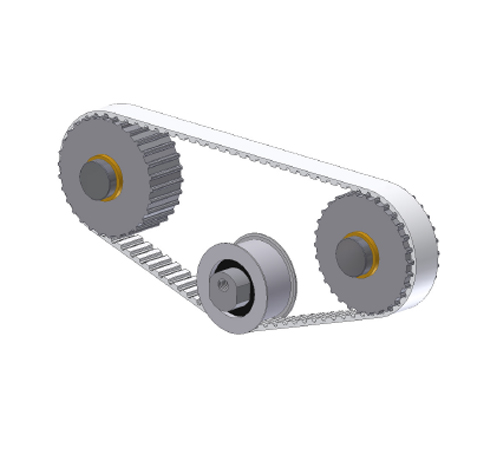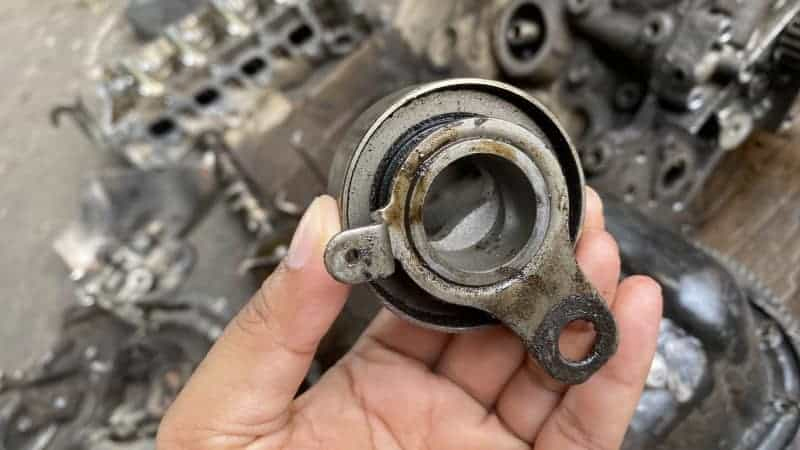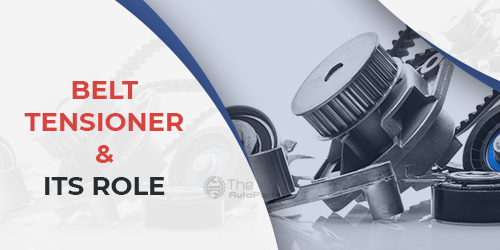A belt tensioner is a significant car component, just like the wheel bearings and hubs that are inserted in the car. It is vital to keep checking the belt tensioner every now and then, as not doing so would impact its overall performance. Like other car components, belt tensioners experience wear and tear that need to be inspected and demand belt tensioner replacement to resume the working of the car:
What is a Belt Tensioner?

A belt tensioner is basically a pulley kept on pivot points that give tension to the engine belts. Spring tensioners generate automatic tension, while manual adjustments need to be carried on the pivot type. Both are responsible for maintaining tension on the engine belts, which further helps other parts operate smoothly.
What’s the Role of a Belt Tensioner?
A Serpentine belt lies in the engine compartment and covers several components, including the alternator, power steering pump, water pump, air conditioning compressor, etc. The tensioner ensures that sufficient tension is dissipated out of it so that the pulleys that help the engine components run flawlessly operate without any hassle. Therefore, the joint effort of the belt tensioner and pulley offers a seamless experience to the driver.
What Does a Tensioner Consists of?
A belt tensioner is manufactured by combining four parts: base, tensioner arm, spring, and pulley. The base takes care of other car parts & spring holds the belt intact. The belt operates with the assistance of the pulley inserted in the car. Finally, a tensioner arm lies beneath the tensioner that works against the spring and generates enough slack to adjust or remove the belt.
What Happens When There is a Tensioner Malfunctioning?

The moment something happens with the tensioner, it starts affecting how belts are driving the pulley, further impeding the car’s performance. For instance, when a belt tensioner is low, the belt slips and increases the vehicle’s temperature. As the tension increases, the chances of belt wearing also escalates.
It would be best if you don’t perform belt tensioner replacement by yourself, as a poorly adjusted belt will put you into a driving hassle. Instead, get quality and authentic belts for your car from reputed car parts and accessories online store like ‘The Auto Parts Shop‘ and pay the labor charges to the mechanic. It is one of the best ways to save money while installing a durable product that would help your vehicle perform better.
How Much Does a Belt Tensioner Cost?
The average belt tensioner replacement cost is generally between $235-$267.Labor costs are generally between $80-$101, while the parts price is between $155-$166.It excludes the tax and fees & is calculated keeping the car along with location in mind. Even vehicle-related repairs are also included in it.
Can You Fix the Belt Tensioner by Yourself?
If you have sound technical knowledge, performing belt tensioner replacement won’t be a difficult task for you. This would save you a great deal of money. You can follow several videos and perform the replacement process with ease. Avoid getting into the job if you haven’t done it before, as doing so would lead to costly repairs and more issues later on. Consulting a qualified technician would be the best course of action in that case.
The Bottom Line
The belt tensioner is a significant part of the vehicle, and issues mustn’t be ignored or left unattended. If you’ve been facing an issue, get the car inspected and install a new one in its place to derive optimum performance from your car.
